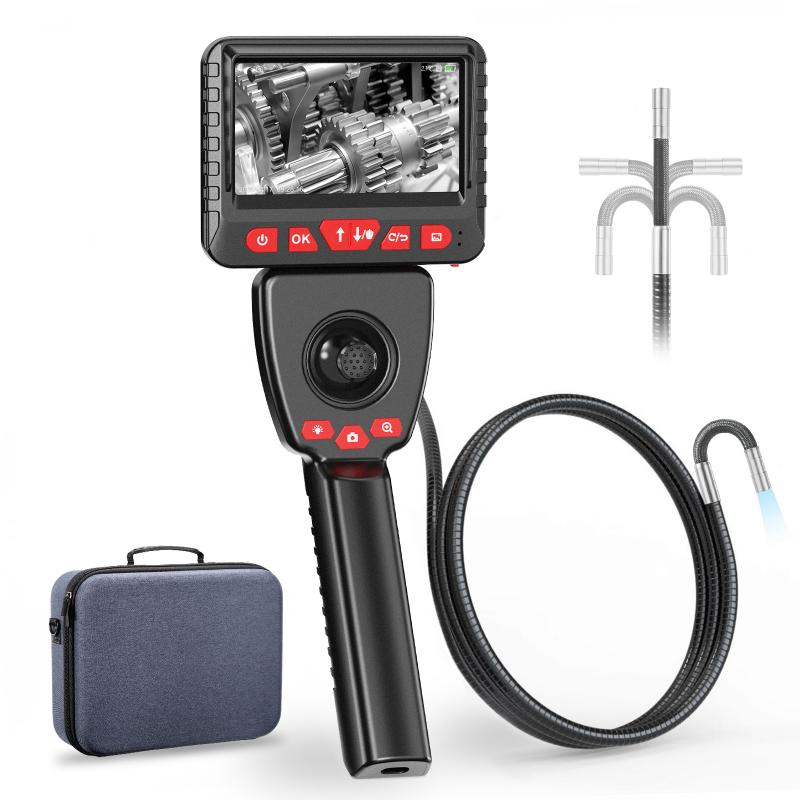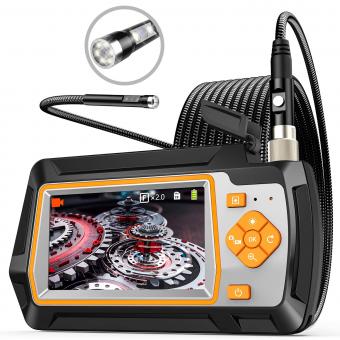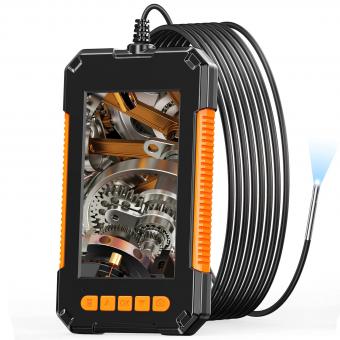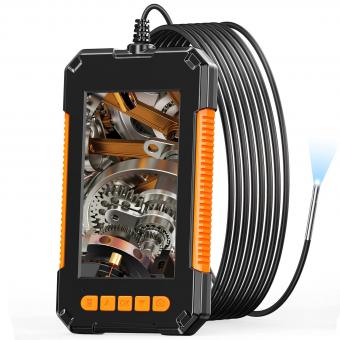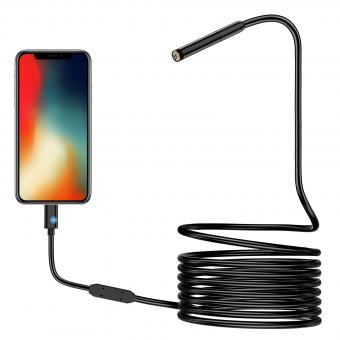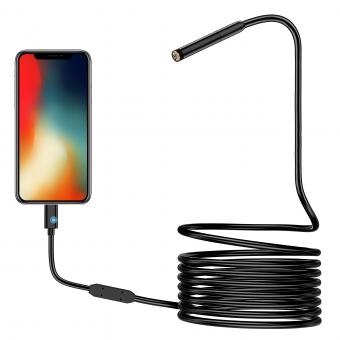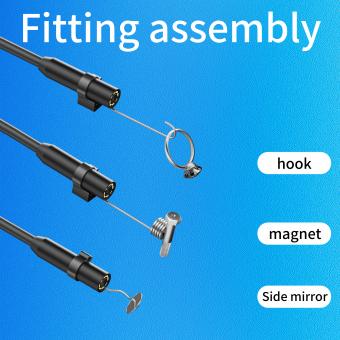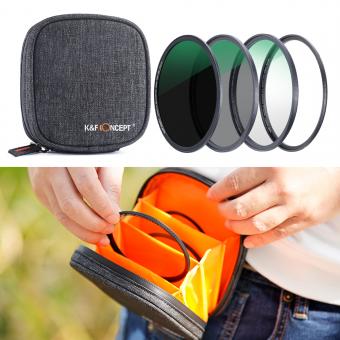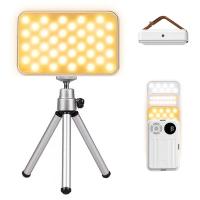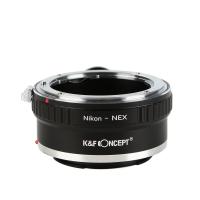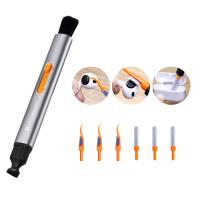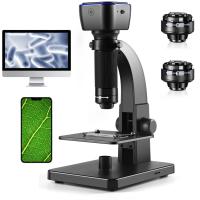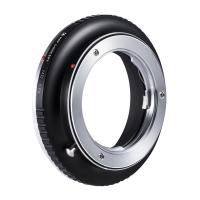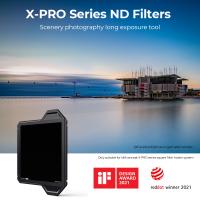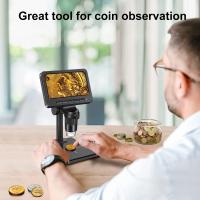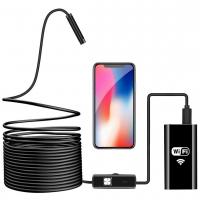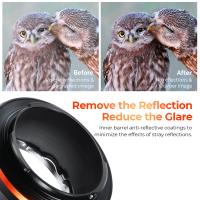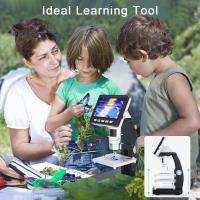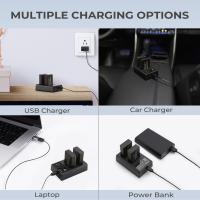How To Tell If Endoscope Is Damaged ?
There are several ways to tell if an endoscope is damaged. One common sign is if there are visible cracks or breaks in the outer casing of the endoscope. Another indication of damage is if the image quality produced by the endoscope is poor or distorted. If the image appears blurry, fuzzy, or if there are abnormal colors, it could be a sign of internal damage. Additionally, if the endoscope is not functioning properly or if there are issues with the controls, such as difficulty maneuvering or adjusting the camera, it may be a sign of damage. It is important to regularly inspect and maintain endoscopes to ensure their proper functioning and to promptly address any signs of damage.
1、 Visual Inspection: Check for cracks or visible damage on the endoscope.
Visual Inspection: Check for cracks or visible damage on the endoscope.
One of the most effective ways to determine if an endoscope is damaged is through a visual inspection. Start by examining the entire length of the endoscope, including the insertion tube, control section, and distal end. Look for any cracks, dents, or visible damage on the surface. Pay close attention to the lens and light source, as these are critical components that can easily get damaged.
If you notice any visible damage, it is important to address it immediately. Even small cracks or dents can compromise the functionality and safety of the endoscope. In some cases, the damage may be repairable, but in others, it may require replacement.
It is worth noting that not all damage may be visible to the naked eye. Some internal components or mechanisms may be damaged without any external signs. Therefore, it is crucial to perform regular maintenance and testing to ensure the endoscope is in proper working condition.
In recent years, advancements in technology have introduced more sophisticated methods for detecting endoscope damage. For instance, some endoscopes now come equipped with built-in sensors that can detect and alert users to potential damage. These sensors can monitor factors such as bending, tension, and temperature, providing a more comprehensive assessment of the endoscope's condition.
In conclusion, visual inspection remains a fundamental method for determining if an endoscope is damaged. However, it is important to stay updated with the latest advancements in endoscope technology and utilize additional tools and techniques to ensure accurate and thorough assessment of the device's condition.
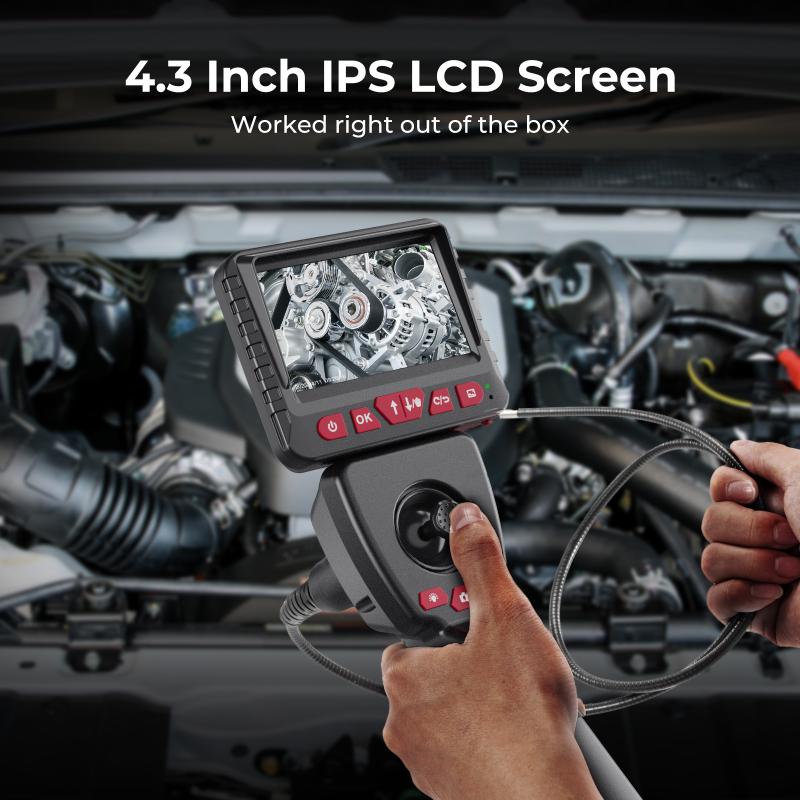
2、 Image Quality: Assess if there are any abnormalities or distortions in the images.
To determine if an endoscope is damaged, one of the key factors to consider is the image quality it produces. The image quality is crucial as it allows medical professionals to accurately diagnose and treat patients. Here are some steps to assess if an endoscope is damaged based on image quality:
1. Abnormalities or Distortions: Examine the images produced by the endoscope for any abnormalities or distortions. Look for any blurriness, pixelation, or irregularities in color or contrast. These issues may indicate damage to the lens or image sensor.
2. Artifacts or Noise: Check for any artifacts or noise in the images. These can appear as specks, lines, or other unwanted elements that disrupt the clarity of the image. Artifacts and noise can be a sign of damage to the image sensor or other components.
3. Focus and Depth of Field: Evaluate the focus and depth of field in the images. If the images are consistently out of focus or lack depth, it could indicate damage to the lens or focusing mechanism.
4. Light Intensity: Assess the brightness and uniformity of the light in the images. Uneven lighting or dim areas may suggest damage to the light source or fiber optic cables.
5. Image Stability: Observe if the images are stable or if there is any flickering or shaking. Unstable images can be a sign of damage to the image stabilization system or other internal components.
It is important to note that these assessments should be conducted by trained professionals who are familiar with the specific endoscope model. Additionally, advancements in technology may introduce new features or considerations for assessing image quality. Therefore, it is advisable to consult the manufacturer's guidelines or seek expert advice for the most up-to-date information on assessing endoscope damage based on image quality.

3、 Flexibility Test: Verify if the insertion tube is still flexible and maneuverable.
Flexibility Test: Verify if the insertion tube is still flexible and maneuverable.
To determine if an endoscope is damaged, one of the key tests is the flexibility test. The flexibility of the insertion tube is crucial for successful and safe endoscopic procedures. Here's how you can perform the flexibility test to check if your endoscope is damaged:
1. Inspect the insertion tube: Start by visually examining the insertion tube for any visible signs of damage such as cracks, kinks, or dents. These can indicate potential damage to the internal components.
2. Flexibility assessment: Gently manipulate the insertion tube in various directions, ensuring it moves smoothly and without any resistance. Pay attention to any stiffness, restricted movement, or abnormal bending. A damaged endoscope may exhibit reduced flexibility or even complete rigidity, making it difficult to navigate through the body's cavities.
3. Observe the image quality: Connect the endoscope to a monitor and observe the image quality. A damaged endoscope may display distorted or blurry images, indicating issues with the optical system or damage to the camera.
4. Check the control knobs: Test the control knobs on the endoscope to ensure they are functioning properly. If they are loose, unresponsive, or difficult to operate, it could be a sign of internal damage.
5. Seek professional inspection: If you suspect any damage or abnormalities during the flexibility test, it is recommended to consult a professional technician or the manufacturer for a thorough inspection. They have the expertise and specialized tools to diagnose and repair any issues.
It is important to note that the latest advancements in endoscope technology have introduced features like articulating tips and improved flexibility. Therefore, it is advisable to refer to the manufacturer's guidelines and specifications for the specific endoscope model you are using to ensure accurate assessment of its condition.
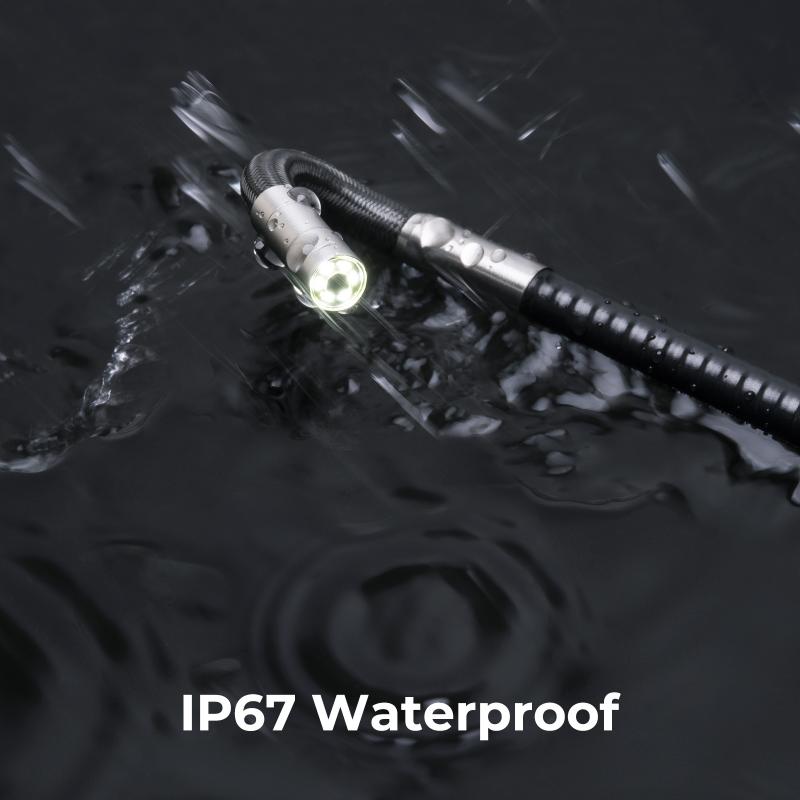
4、 Light Source: Ensure that the light source is functioning properly.
How to tell if an endoscope is damaged? One of the key indicators is to check the functionality of the light source. The light source is an essential component of an endoscope as it provides illumination for clear visualization during procedures. To ensure that the light source is functioning properly, there are a few steps you can take.
Firstly, inspect the light source for any visible damage or signs of wear and tear. Look for any cracks, dents, or loose connections. If you notice any physical damage, it is likely that the light source is compromised.
Next, turn on the endoscope and observe the quality of the light emitted. The light should be bright, evenly distributed, and free from flickering or dimming. If the light appears weak, inconsistent, or if there are any abnormalities in its output, it could indicate a problem with the light source.
Additionally, check the controls and settings of the light source. Ensure that you are able to adjust the intensity of the light and that the controls are responsive. If the controls are unresponsive or if you are unable to adjust the light intensity, it may suggest a malfunctioning light source.
It is important to note that these steps provide a general guideline for assessing the functionality of the light source. However, it is always recommended to consult the manufacturer's guidelines and seek professional assistance if you suspect any damage or malfunctioning of the endoscope.
